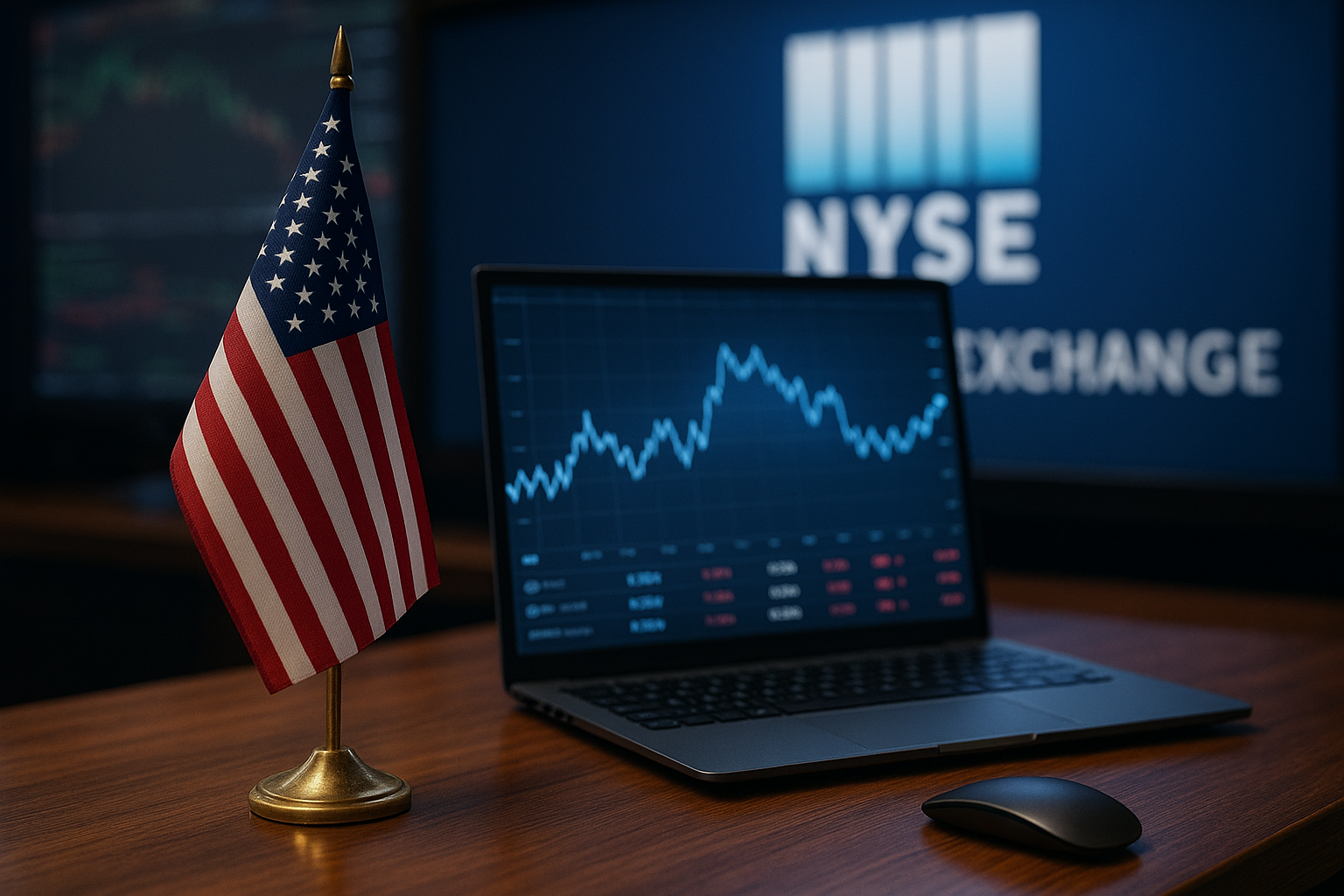Microsoft’s valuation just surged past $4 trillion—and AI is the driving force. With Alphabet, Meta, and Nvidia also capitalizing on a nearly $400 billion infrastructure arms race, markets are sending a clear signal: the era of AI is not just hype—it’s delivering returns.
Investors who once questioned the break-even timeline of massive AI capex are now watching it redefine tech leadership. As Wall Street digests Q2 earnings, one trend is emerging: the most aggressive AI spenders are also the market’s biggest winners.
Why AI Spending Is Moving the Market
A joint analysis by The Wall Street Journal and Financial Times shows that Microsoft, Alphabet, Meta, and Nvidia have collectively invested nearly $400 billion into AI infrastructure over the past 24 months. This spending spans GPU clusters, custom chips, hyperscale data centers, and strategic partnerships with foundation model startups.
Microsoft’s latest rally—fueled by earnings that beat both top and bottom-line estimates—cements its position as the world’s most valuable public company. Its AI-first strategy, led by integrations with OpenAI and a reshaped Azure cloud architecture, is helping to drive enterprise adoption and margin expansion.
Meta reported that over 40% of its total capex in the past year went toward AI initiatives. CEO Mark Zuckerberg emphasized that AI is now “central to product development and monetization,” pointing to Llama models, recommendation engines, and monetized messaging bots.
Alphabet, meanwhile, continues to scale Gemini and DeepMind, while doubling down on TPU hardware. According to company filings, AI infrastructure now accounts for the majority of its Google Cloud investment strategy.
Even Nvidia, often seen as the supplier rather than the integrator, is benefitting immensely—hitting record highs on the back of strong GPU demand and robust forward guidance. Analysts at Morgan Stanley project that Nvidia’s data center revenue will double by FY2026 if the current trend continues.
Why This Matters for Investors
What was once framed as speculative spending is now reshaping balance sheets—and market expectations. The key factor? Productivity gains are beginning to materialize.
Enterprise clients are reporting meaningful cost reductions from AI-enhanced workflows. Goldman Sachs estimates that generative AI will contribute $7 trillion to global GDP over the next decade, with tech platforms capturing the lion’s share.
The broader Nasdaq composite is also riding the AI wave, with a 6.3% YTD gain attributed largely to mega-cap AI leaders. This trend stands in contrast to underperformance in sectors like consumer cyclicals and REITs, where high interest rates are pressuring margins.
According to Dan Ives of Wedbush, “We’re in the early innings of a decade-long AI cycle. Investors who ignore this are missing what could be the biggest tech transformation since the internet.”
However, not all signs are green. The race to scale AI models has led to margin compression in areas like R&D and infrastructure depreciation. Alphabet’s Q2 report, while strong overall, revealed a slight drop in operating margin due to AI hardware investments. Investors should keep an eye on whether revenue lift from AI features can keep pace with mounting infrastructure costs.
Future Trends to Watch
- AI Infrastructure Demand: The boom in GPU, networking, and power-hungry servers is boosting upstream industries—benefitting suppliers like Nvidia, Broadcom, and Supermicro.
- Custom Silicon Arms Race: Apple, Google, and Amazon are developing proprietary chips to reduce reliance on third parties and cut power consumption.
- Enterprise AI Adoption: As firms like Salesforce, Adobe, and Oracle integrate gen AI across their platforms, second-wave beneficiaries in the B2B space are emerging.
- AI Regulation and Data Sovereignty: U.S. and Canadian policymakers are preparing frameworks to govern AI deployment. The outcome may shape cross-border investments and tech partnerships.
Key Investment Insight
The market is clearly rewarding capex-heavy AI leaders, particularly those demonstrating revenue attribution tied to AI. Long-term investors may want to overweight names that not only build but monetize AI at scale—through subscriptions, cloud usage, or embedded enterprise features.
For those seeking diversified exposure, consider ETFs tracking AI infrastructure (e.g., Global X AI & Tech ETF) or data center REITs positioned to support growing compute needs.
Still, caution is warranted. If AI monetization lags behind spend, valuation multiples may compress. Investors should prioritize companies with clear commercial pathways, robust intellectual property, and transparent productivity metrics tied to AI initiatives.
Stay ahead of the market’s next move. Follow MoneyNews.Today for expert insights into AI, technology, and market trends shaping tomorrow’s portfolios.





